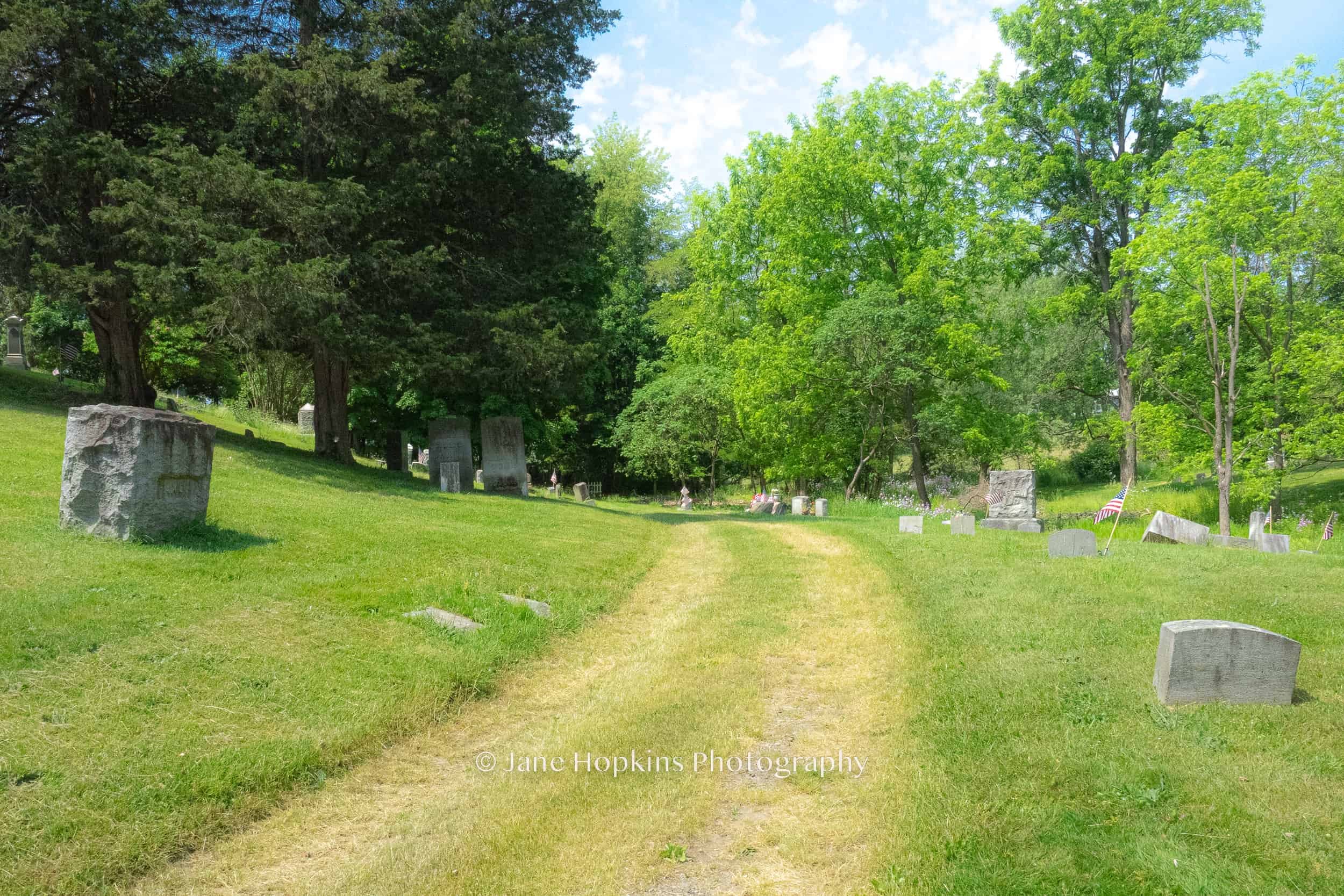I’ve taken a break from photography this winter waiting for a much needed cataract operation. I can see more clearly now, and am back to work. The next project is a book on local Rochester Cemeteries for Font Hill Press, to be published in 2025.
The book explores 200 years of cemetery evolution in the Rochester, New York area. Developed in the early 1800s as the Erie Canal opened the area to settlement, the City of Rochester created in 1838 the first municipal garden cemetery in the US. Unlike many private cemeteries, there were no restrictions regarding race, religion or ethnic background. Plots were set aside for charitable organizations and those who did not have the funds for a traditional burial.
The cemeteries chosen for the book spark interest in local history and the unusual geology of this Upstate NY area. The Erie Canal was a significant force in the development of Rochester and other settlements that it linked. The book includes cemeteries along a segment of the canal extending from Lockport in the west to Auburn in the east. Cemeteries such as Mt. Hope and Auburn are key parts of the Civil Rights and Women’s Rights Heritage Trails.
The Rochester area is particularly attractive for natural geology, flora and fauna. Ellwanger-Barry Nursery was by 1855 the largest nursery in the world contributing fine unusual specimens to Mt Hope cemetery. The region’s geology made possible diverse and endearing cemetery landscapes in and around Rochester.
Among the sampled cemeteries are those along the Genesee River south of Rochester to Mt. Morris and Geneseo. Others are east and west along Lake Ontario, where orchards form memorable backdrops. Also included are the famed Finger Lakes Wine regions of Canandaigua and Penn Yan, which host historic cemeteries along with charming vistas.
The park-like cemetery settings in the city and surrounding towns are replete with family plots of hand-carved white marble headstones, imposing obelisks, graceful statues, and stately mausoleums dating to the nineteenth century. The twentieth century ushered in simpler lines, as granite became the stone of choice in the modern lawn cemetery. Sections were set aside for veterans, community mausoleums, memorial gardens, and individual headstones. The book also explores contemporary burial developments such as laser-etched designs, cremation, and green burial.
Though we think of cemeteries as cities of the dead, they are alive with the history of the towns they reside in. They resound with memories of those who are gone, and provide solace and visitation for the living. Fragile monuments are treasured as important sources of community history and family memories. The book lends added recognition to the often-neglected fact that their preservation and restoration will preserve our heritage for future generations.




